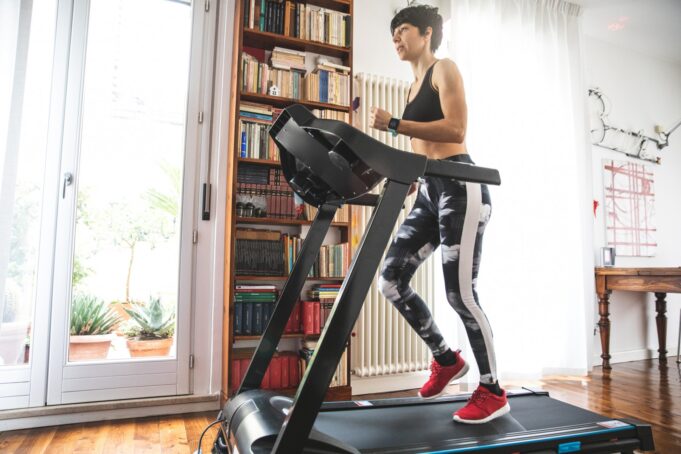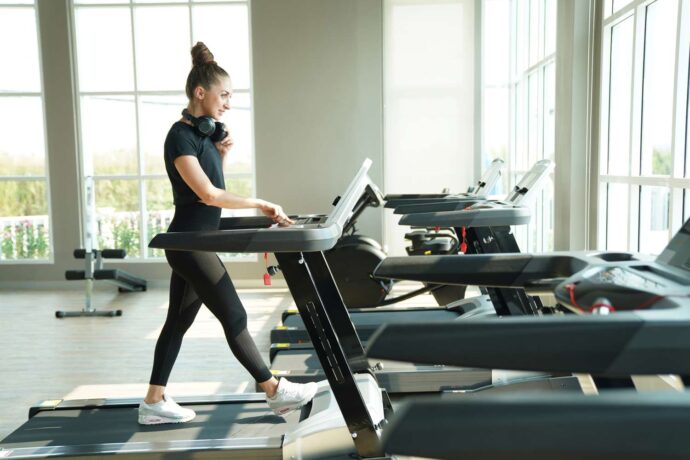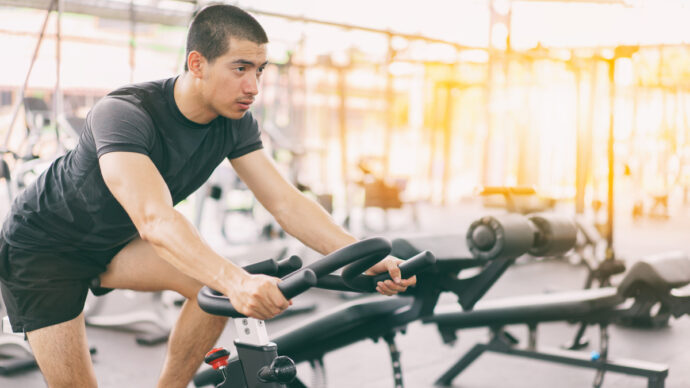Imagine pushing your limits on a treadmill, feeling the adrenaline rush, only to be interrupted by a preventable injury. Safety during cardio workouts isn’t just a recommendation; it’s a necessity.
In the world of home fitness, common cardio equipment like treadmills, ellipticals, and stationary bikes reign supreme. These machines offer convenient ways to improve your cardiovascular health, but they also come with their own set of safety considerations.
The purpose of this article from GymWarehouse is to educate you on how to ensure a safe and effective workout while using your cardio equipment. Let’s make sure your path to better health is free of unnecessary risks.
The Importance of Safety
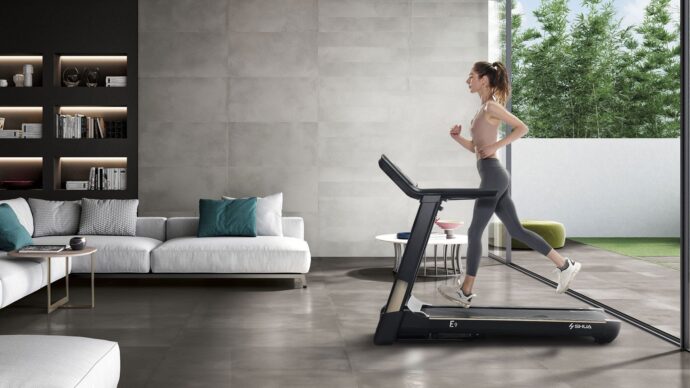
Statistics on Gym-Related Injuries
While exact numbers can vary, studies indicate that gym-related injuries are more common than you might think. For instance, treadmills alone account for approximately 24,000 emergency room visits each year in the United States.
The Cost of Neglecting Safety
Ignoring safety precautions can lead to a range of consequences. Physically, you risk anything from minor sprains to more severe injuries that could require surgery. Financially, medical bills can pile up quickly, especially if you need ongoing treatment. Then there’s the downtime—time spent away from your fitness routine, which can derail your progress and affect your mental well-being.
Pre-Workout Safety Checks
Inspecting Equipment
Before you hop on any piece of cardio equipment, take a moment to inspect it for wear and tear. Check the belts on treadmills, the pedals on stationary bikes, and the footpads on ellipticals. Any signs of damage could indicate a safety risk.
Reading Manuals and Guidelines
It might seem tedious, but reading the user manual and safety guidelines for your equipment is essential. These documents contain valuable information on proper usage and maintenance, helping you avoid common pitfalls that could lead to injury.
Proper Attire and Gear
Appropriate Footwear and Clothing
The right footwear is crucial for stability and support. Opt for athletic shoes designed for the type of cardio you’re doing. As for clothing, choose moisture-wicking fabrics that allow for easy movement and help keep you dry.
Optional Safety Gear
While not mandatory, additional safety gear can offer extra protection. Gloves can improve your grip on handles, and knee braces can provide added support for joints. Consider your individual needs and consult with a healthcare provider for personalized recommendations.
Setting Up Your Equipment
Positioning Equipment Safely
The location of your cardio equipment matters. Place it in an area free from obstacles, ensuring there’s enough space around it for you to move freely. Keep it away from walls or furniture that could cause injury if you were to stumble.
Stable Surface and Adequate Space
Your equipment should sit on a stable surface to prevent wobbling or tipping over. Many people opt for specialized fitness mats to provide extra stability. Also, ensure you have adequate space around the equipment, not just for safety but also for ventilation and ease of movement.
Understanding Equipment Features
Safety Features on Cardio Machines
Most modern cardio machines come equipped with a variety of safety features. Treadmills often have handrails for balance, while stationary bikes may offer adjustable straps on pedals. Ellipticals usually feature oversized footplates to minimize the risk of slipping.
Emergency Stop Buttons and Safety Keys
Knowing how to quickly stop your machine in an emergency is crucial. Treadmills often have a prominent “Stop” button and a safety key that you can pull to immediately halt the belt. Ellipticals and stationary bikes usually have similar quick-stop mechanisms.
Proper Technique and Form
Correct Posture and Grip
For treadmills, stand tall and keep your gaze forward. On stationary bikes, adjust the seat height so your legs have a slight bend at the bottom of each pedal stroke. On ellipticals, maintain an upright posture and distribute your weight evenly on both feet.
Common Mistakes and How to Avoid Them
One common mistake is gripping the handles too tightly, which can lead to wrist and shoulder strain. Another is slouching, which can cause back pain and reduce the effectiveness of your workout. To avoid these pitfalls, periodically check your form and make adjustments as needed.
Monitoring Your Body
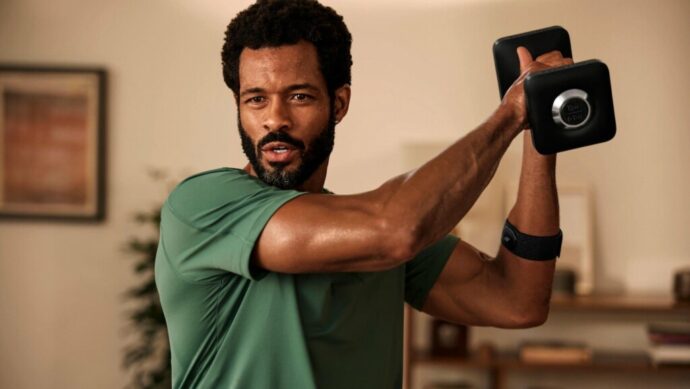
Signs of Overexertion and Fatigue
Be aware of your body’s signals. Symptoms like dizziness, shortness of breath, or extreme fatigue are signs you may be pushing too hard. If you experience these, it’s crucial to stop and assess your condition.
Importance of Hydration and Breaks
Staying hydrated is key to a safe workout. Dehydration can lead to cramps, fatigue, and impaired performance. Make sure to drink water before, during, and after your workout. Also, don’t hesitate to take short breaks if you’re feeling fatigued.
Coexisting Safely in a Gym Environment
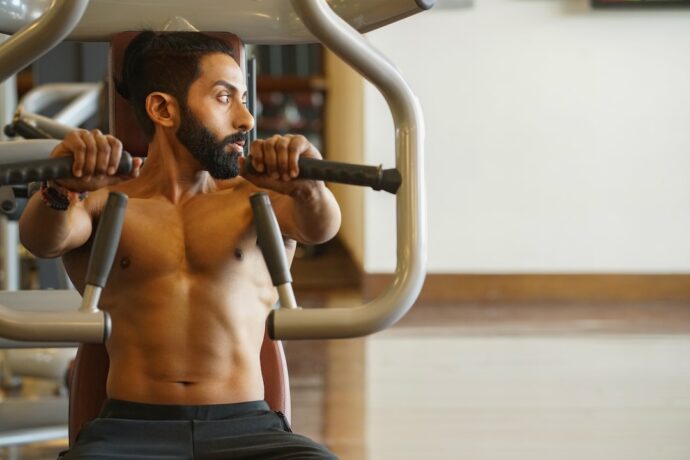
Gym Etiquette for Safety
If you’re working out in a public gym, certain etiquette rules contribute to a safer environment for everyone. Wiping down machines after use is not just courteous; it’s also a hygiene measure that can prevent the spread of germs. Additionally, give people adequate space; crowding someone can lead to accidental bumps or falls.
Awareness of Your Surroundings
Being aware of your surroundings is crucial. Know where the emergency exits are and be mindful of others using equipment nearby. If someone is lifting heavy weights or running at high speeds, give them the space they need to do so safely.
What to Do in Case of an Injury
Immediate Steps
If you sustain an injury, the first step is to stop your workout immediately to prevent further harm. Apply basic first aid measures like ice for swelling or a bandage for a minor cut. If the equipment malfunctioned, make sure to disengage any moving parts to avoid additional risks.
When to Seek Medical Attention
For minor injuries, rest and home care might suffice. However, if you experience severe pain, can’t move a joint, or have symptoms that don’t improve with basic first aid, seek medical attention as soon as possible.
Conclusion
Safety during cardio workouts is a multifaceted endeavor. It starts with pre-workout checks, extends to proper attire and technique, and even involves gym etiquette and emergency preparedness. Each of these elements plays a role in ensuring that your path to better cardiovascular health is as risk-free as possible.
As you engage in your cardio workouts, whether on a treadmill, elliptical, or stationary bike, remember that safety isn’t just a precaution—it’s a responsibility. By adhering to these safety practices, you’re not only protecting yourself but also contributing to a safer workout environment for everyone.

